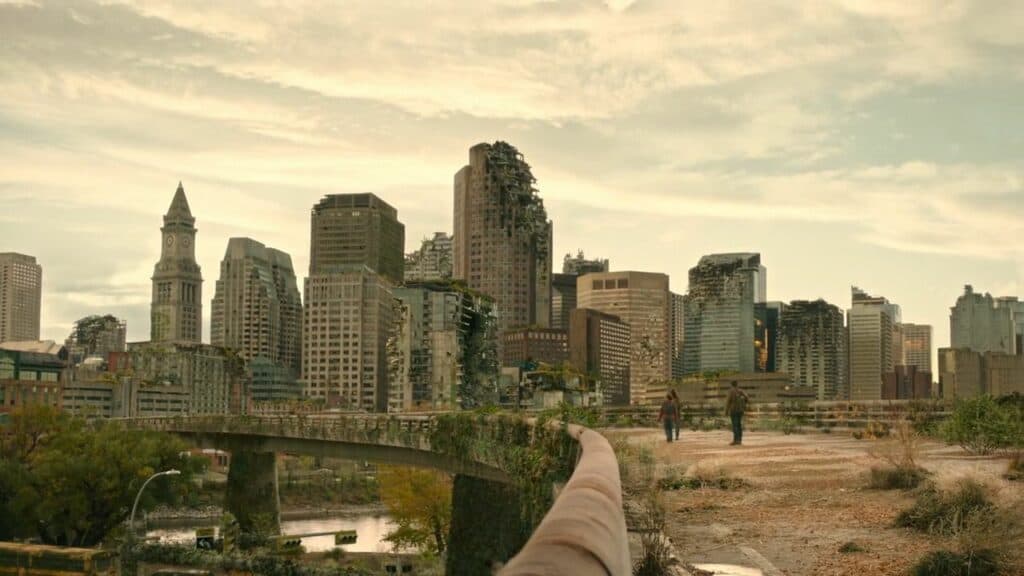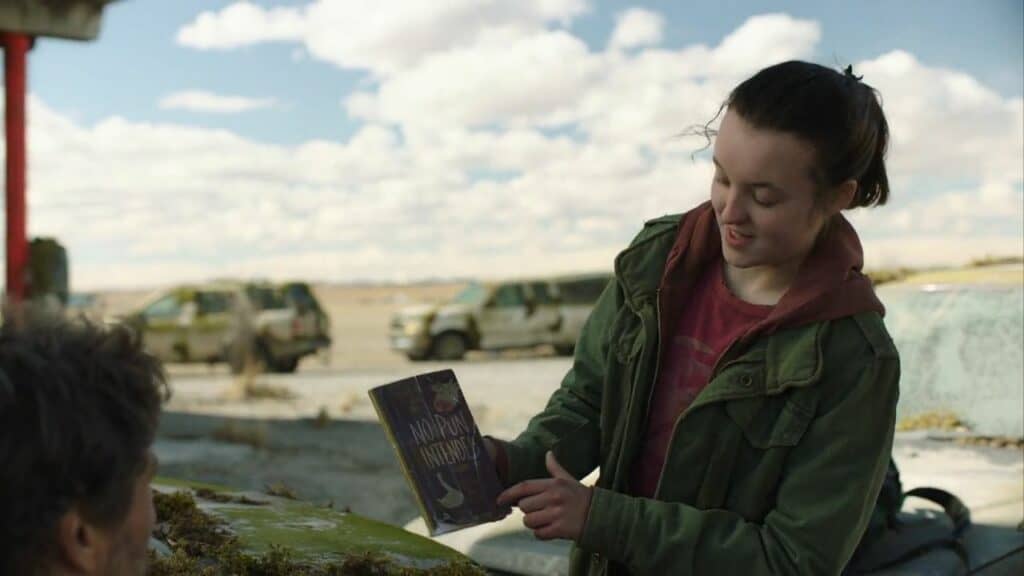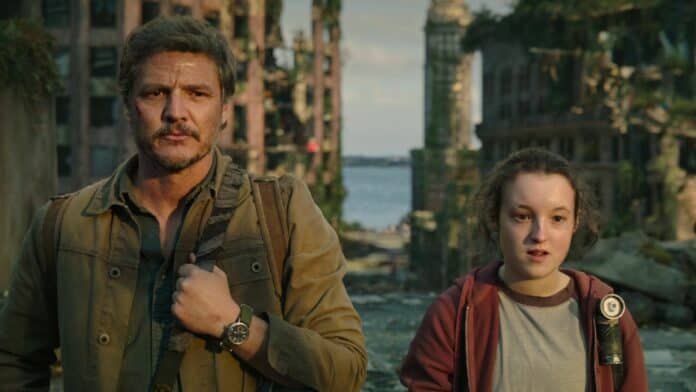Immersing viewers in a hauntingly vivid post-apocalyptic realm, The Last of Us exemplifies the art of world-building, creating a universe that is as rich in detail as it is in narrative depth.
HBO’s The Last of Us, adapted from the critically acclaimed video game, is a testament to the art of world-building in television.
This series intricately crafts a post-apocalyptic universe that is both hauntingly realistic and deeply immersive.
This article explores the various facets of this world-building, highlighting how the show creates a convincing and engaging setting.
Post-apocalyptic landscapes: Nature reclaims
One of the most striking aspects of world-building in The Last of Us is the depiction of post-apocalyptic landscapes.
The series showcases cities overrun by nature, buildings engulfed in vegetation, and streets deserted and in ruins.

These visuals not only establish the setting but also tell a story of nature reclaiming its space.
For example, scenes set in a once-bustling metropolis, now silent and overgrown, powerfully convey the extent of the pandemic’s impact on human civilization.
Survivor communities: Pockets of humanity
The show also excels in depicting various survivor communities, each with its own culture and societal structure.
A notable example is the community of Jackson, which operates like a small, self-sufficient town.
This community, with its own rules, leadership, and daily routines, illustrates how humans adapt and form new societal structures in response to extreme circumstances.
The infected: A new ecosystem
In its world-building, The Last of Us introduces a unique take on the infected. Far from typical zombie archetypes, these creatures are part of the ecosystem, with different stages of infection representing various threats.
The series uses this concept not only to add tension and danger but also to enrich the lore of the world, as seen in the detailed depiction of the infected’s behavior and characteristics.
Cultural relics: Echoes of the old world
The series is peppered with cultural relics from the pre-apocalyptic world, which serve as poignant reminders of what once was.

For instance, abandoned cars, dilapidated billboards, and relics of everyday life like phones or children’s toys create a sense of nostalgia and loss, deepening the emotional impact of the setting.
Environmental soundscapes: Auditory immersion
An integral part of the world-building in The Last of Us is its use of sound.
The series employs a rich tapestry of environmental sounds—the rustling of leaves, the distant howls of the infected, the eerie silence of abandoned spaces—to create an immersive auditory experience.
This aspect of world-building is crucial in drawing viewers into the post-apocalyptic world and enhancing the realism of the setting.
In conclusion: A world vividly realized
Through its meticulous world-building, HBO’s The Last of Us creates a post-apocalyptic universe that is not only visually arresting but also emotionally resonant.
The series skillfully uses landscapes, communities, creature design, cultural relics, and soundscapes to build a world that is as believable as it is captivating, making it a standout example of world-building in television.
In The Last of Us, every element of the setting contributes to a rich, cohesive world that invites viewers to explore and experience the depths of its post-apocalyptic vision.
Also Read: Understanding the psyche of The Last of Us characters

